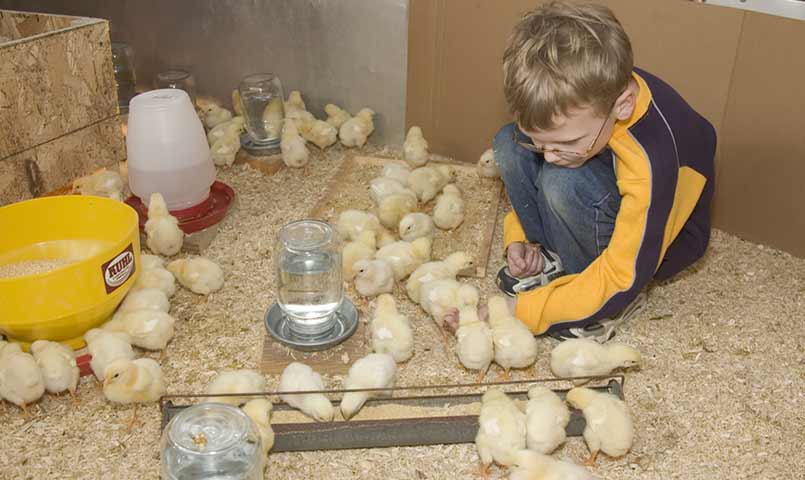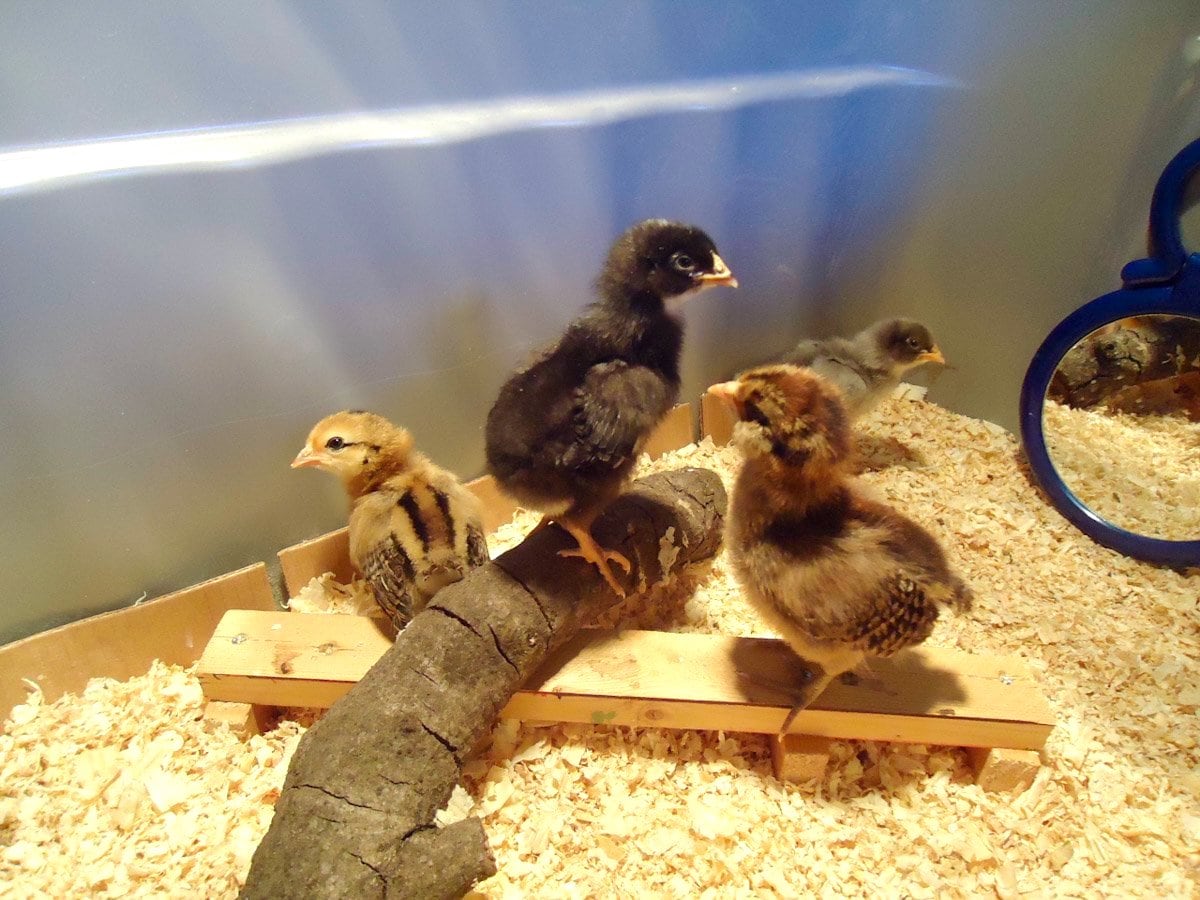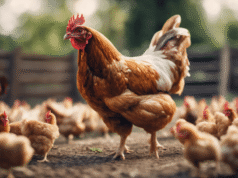When starting your journey into poultry care, having the right simple chick brooder setup is crucial. Whether you’re a hobbyist or planning on a larger scale, a well-thought-out brooder setup ensures your young chicks thrive in a safe and nurturing environment. Lets dive into the essentials of setting up a brooder that is easy to manage yet effective in ensuring the health and growth of your chicks.

The Importance of a Proper Brooder Setup
Before embarking on your brooder setup, it’s essential to understand why it’s important. A well-designed brooder mimics the warmth and safety chicks would naturally get from their mother hen. This setup not only provides heat but also protects them from potential hazards.
Finding the Right Location for Your Brooder
The location of your brooder is vital. Choosing a place that is dry, draft-free, and safe from predators is key. Consider a spot in your garage or a dedicated room indoors.
Considering Temperature Requirements
Chicks need a consistent temperature to grow healthily. Starting with 95F in the first week, gradually decrease by 5F each week until they’re fully feathered.
Selecting the Ideal Container
Your brooder container can be as simple as a large cardboard box, a plastic bin, or a metal trough, depending on the number of chicks you have.
Essential Equipment for Your Brooder
Several pieces of equipment are necessary for a successful setup.
Heating Source
A heat lamp is commonly used. However, ensure its securely fastened to prevent it from falling.
Bedding Options
Pine shavings are a popular choice for bedding material due to their absorbency and insulation properties.
Food and Water Supplies
Use feeders and waterers specifically designed for chicks to prevent spillage and contamination.
Maintaining a Clean Environment
Regular cleaning of your brooder is essential in preventing diseases. Change bedding frequently and clean feeders and waterers daily.
Monitoring Your Chicks Health
Observing your chicks daily for behavioral changes or signs of illness is imperative. A healthy chick is active and responds to stimuli.
Fostering Social Interaction
Chickens are social creatures. Giving them enough space and toys can help in their social development and prevent bullying.
Transitioning to Coop Life
Once your chicks are fully feathered, they are ready to transition to an outdoor coop. Gradual exposure to outside temperatures will ease this transition.

FAQ Section
When should I start decreasing the temperature in the brooder?
Begin decreasing the brooder temperature by 5F every week after the first week.
What should I do if my chicks are showing signs of illness?
Separate the ill chick immediately and consult a veterinarian for assessment.
How much space should I provide per chick in the brooder?
At least square foot per chick initially and increase as they grow.
For more in-depth information, you can read a comprehensive guide on chick brooder setup.
Additionally, for more on the topic, check out these links to understand what is a chick brooder or the age chickens start laying.
This article contains affiliate links. We may earn a commission at no extra cost to you.











